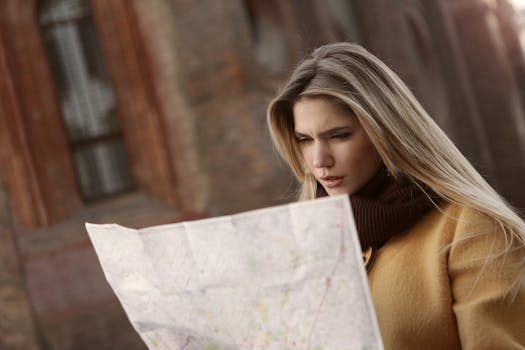Finding the Best Landscape Composition
Understanding how to frame a scene can transform a mundane view into a captivating image. Landscape photography is more than just pointing your camera at a beautiful scene and pressing the shutter button. It's about understanding the elements that make up a compelling composition, such as light, color, texture, and perspective. By mastering these elements, you can create images that not only depict a place but also evoke emotions and tell stories.

One of the key factors in landscape composition is the choice of location and timing. The best landscapes are often found off the beaten path and at times when the light is most favorable. Best lighting times—shortly after sunrise and before sunset—are particularly prized for their soft, warm light that enhances colors and textures. By exploring different locations and experimenting with various times of day, you can discover unique perspectives that set your work apart from others.
Understanding Composition Rules
Composition rules serve as guidelines to help you arrange elements within your frame effectively. The rule of thirds is one of the most well-known principles. By dividing your frame into nine equal parts with two horizontal and two vertical lines, you can place key elements along these lines or at their intersections to create balance and interest.
Leading lines guide the viewer's eye through the image, creating depth and directing attention to important areas. These lines can be natural, like rivers or paths, or man-made, such as roads or fences. Incorporating leading lines into your composition can make your photos more dynamic and engaging.
Another essential technique is framing, where you use natural elements like trees, arches, or windows to surround your subject. This not only draws attention to the main focus but also adds context and layers to the image. Experimenting with different framing options can help you find creative ways to highlight your subject.
Choosing the Right Equipment
Your choice of equipment can significantly impact your ability to capture high-quality landscape photos. A sturdy tripod is essential for stabilizing your camera during long exposures, especially in low-light conditions. This ensures sharp images without any blur caused by camera shake.
Lenses play a crucial role in defining your perspective. Wide-angle lenses are popular for landscape photography because they allow you to capture expansive views with great depth. However, telephoto lenses can also be useful for isolating specific elements within a scene or compressing distances to create dramatic effects.
Filters are valuable tools for managing light and enhancing colors. Neutral density (ND) filters reduce the amount of light entering the lens, allowing for longer exposures even in bright conditions. Graduated ND filters help balance exposure between the sky and foreground, while polarizing filters reduce reflections and increase color saturation.
Mastering Light and Weather Conditions
Light is one of the most critical components of landscape photography. The quality, direction, and intensity of light can dramatically alter the mood and appearance of a scene. As mentioned earlier, golden hours provide ideal lighting conditions for capturing warm tones and soft shadows.
Understanding weather patterns is equally important. Cloudy days offer diffused light that reduces harsh shadows and highlights textures in the landscape. Conversely, clear skies with bright sunlight create strong contrasts that can be used creatively to emphasize shapes and forms.
Don't shy away from shooting in less-than-ideal weather conditions. Stormy skies, foggy mornings, or snowy landscapes can add drama and atmosphere to your images. Being prepared for changing weather by carrying appropriate gear will enable you to make the most of these opportunities.
Post-Processing Techniques
Editing and refining allows you to enhance your photos further by adjusting colors, contrast, sharpness, and other elements. Software like Adobe Lightroom and Photoshop offer powerful tools for fine-tuning your images while maintaining a natural look.
Start with basic adjustments such as exposure, white balance, and contrast to achieve a balanced overall appearance. Use selective editing techniques like dodging and burning to highlight specific areas or add depth to shadows.
Color grading can enhance the mood of your image by emphasizing certain hues or creating harmonious color palettes. Be mindful not to over-process; subtle adjustments often yield more pleasing results than extreme changes.
The Importance of Practice
Like any skill, mastering landscape composition takes practice. Regularly challenging yourself with new locations, different lighting conditions, and various compositional techniques will help you grow as a photographer.
Joining photography groups or attending workshops can provide valuable feedback from peers and mentors who share your passion for landscape photography. Engaging with online communities also offers opportunities to learn from others' experiences and stay inspired by diverse perspectives.
| Technique | Description | Example |
|---|---|---|
| Rule of Thirds | Divide the frame into nine equal parts; place key elements along lines or intersections. | PhotographyTalk |
| Leading Lines | Use natural or man-made lines to guide viewers' eyes through the image. | National Geographic |
| Framing | Surround your subject with natural elements like trees or arches for added context. | Digital Photo Mentor |
From mastering composition rules like the rule of thirds and leading lines to choosing the right equipment such as tripods, lenses, and filters—each element plays a vital role in creating compelling landscape photographs.